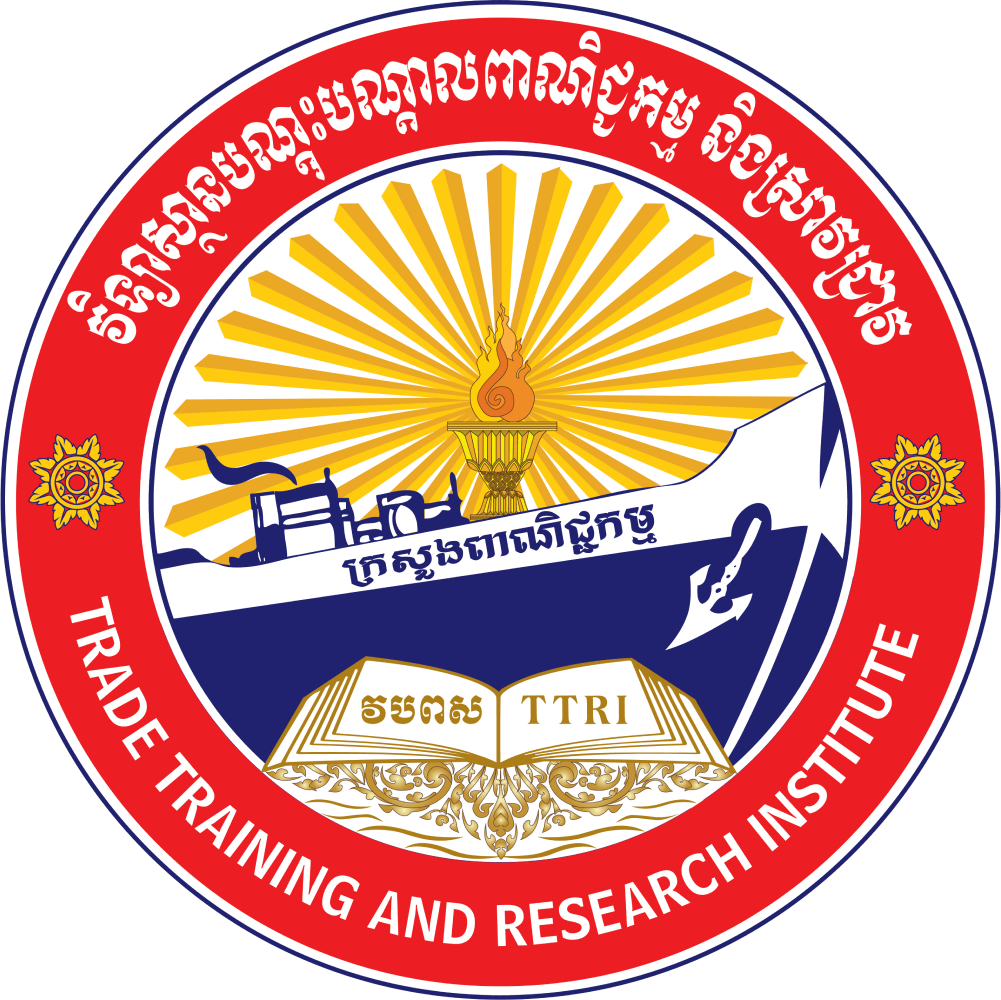ខណៈពេលដែលរំហូរវិនិយោគផ្ទាល់ពីបរទេស (FDI) នៅទូទាំងពិភពលោកបានកើនឡើងយ៉ាងខ្លាំងក្នុងរយៈពេលប៉ុន្មានទសវត្សរ៍ចុងក្រោយនេះ សមាមាត្រធំបំផុតនៃរំហូរវិនិយោគផ្ទាល់ពីបរទេស បានហូរចូលទៅអាស៊ីនិងអាម៉េរិកឡាទីន។ មូលធនមនុស្សនៅក្នុងតំបន់ទាំងនេះ ត្រូវបានគេទទួលស្គាល់ថា មានជំនាញខ្ពស់ជាងកម្រិតមូលដ្ឋានដែលជាតម្រូវការសម្រាប់ទាក់ទាញការវិនិយោគផ្ទាល់ពីបរទេស។ ជាធម្មតា ការសិក្សាសំអាងលើការពិសោធន៍វាស់មូលធនមនុស្សជំនាញផ្អែកលើការសិក្សា ឬការអប់រំទូទៅ ដូចជាអត្រាចុះឈ្មោះចូលរៀននៅមធ្យមសិក្សា កម្រិតឧត្តមសិក្សា អត្រាអក្ខរកម្ម ឬឆ្នាំសិក្សាជាមធ្យម។ ក៏ប៉ុន្តែ ការអប់រំវិជ្ជាជីវៈ ដែលផ្តល់ឱ្យនិស្សិតបញ្ចប់ការសិក្សានូវចំណេះដឹងនិងជំនាញជាក់ស្តែងសម្រាប់ការងារ មិនទាន់ត្រូវបានយកមកធ្វើការសិក្សានៅឡើយទេ។ ដូច្នេះ ការសិក្សានេះ ទាញយកទិន្នន័យពីបណ្តាប្រទេសកំពុងអភិវឌ្ឍន៍ចំនួន ៣៩ប្រទេស នៅអាស៊ីនិងអាម៉េរិកឡាទីនក្នុងអំឡុងឆ្នាំ១៩៩០-២០១៨ ដើម្បីធ្វើការពិនិត្យមើលឥទ្ធិពលនៃការអប់រំវិជ្ជាជីវៈលើរំហូរចូលទុនវិនិយោគផ្ទាល់ពីបរទេស។ ការសិក្សានេះ ប្រើប្រាស់ចំណែកនិស្សិតវិជ្ជាជីវៈក្នុងការអប់រំមធ្យមសិក្សា អត្រាចុះឈ្មោះចូលរៀនមធ្យមសិក្សា និងអត្រាចុះឈ្មោះចូលរៀនថ្នាក់ឧត្តមសិក្សា ជាតំណាងមូលធនមូលធនមនុស្ស។ ការវិភាគស្ថិតិ ដោយផ្អែកលើ Pooled Ordinary Least Squares (POLS) Random Effect Model (REM) Fixed Effect Model (FEM) និងFeasible Generalize Least Squares (FGLS) បង្ហាញនូវឥទ្ធិពលវិជ្ជមាននៃមូលធនមនុស្សទៅលើរំហូរចូលទុនវិនិយោគផ្ទាល់ពីបរទេស។ ឆ្លើយតបទៅនឹងសំណួរស្រាវជ្រាវ ការអប់រំវិជ្ជាជីវៈត្រូវបានរកឃើញថាមានឥទ្ធិពលវិជ្ជមានក្នុងការទាក់ទាញការវិនិយោគផ្ទាល់ពីបរទេសនៅក្នុងតំបន់សិក្សាខាងដើម។ លទ្ធផលមានភាពរឹងមាំក្រោមជម្រើសលក្ខខណ្ឌផ្សេងៗ។ ទាញយកឯកសារជាភាសាខ្មែរ
While global foreign direct investment (FDI) flows have increased dramatically in the last few decades, the greatest proportion has been to Asia and Latin America. It has been argued that human resources in these regions have gone beyond the basic level of skills required for attracting FDI. Empirical studies commonly proxy skilled human capital in the form of academic or general education, such as secondary-enrolment rate, tertiary-enrolment rate, literacy rate, or average years of schooling. Nevertheless, vocational education, which provides graduates with the required knowledge and practical skills for employment, had not yet been studied. Therefore, drawing data from 39 developing countries in Asia and Latin America over the 1990–2018 period, this paper examines the effects of vocational education on FDI inflows. This study employs as proxies for human capital the share of vocational students in secondary education, secondary education enrolment rates, and tertiary education enrolment rates. Statistical analysis, based on Pooled Ordinary Least Squares (POLS), Random Effect Model (REM), Fixed Effect Model (FEM) and Feasible Generalized Least Squares (FGLS), reveals a positively significant effect of human capital on FDI inflows. Responding to the research question, vocational education is found to have a positive influence in attracting FDI in the regions. The results are robust under controls for alternative specifications. Download file in English





 អ្នកមើលថ្ងៃនេះ : 54
អ្នកមើលថ្ងៃនេះ : 54 អ្នកមើលខែនេះ : 1235
អ្នកមើលខែនេះ : 1235 អ្នកមើលឆ្នាំនេះ : 16572
អ្នកមើលឆ្នាំនេះ : 16572 អ្នកមើលសរុប : 22187
អ្នកមើលសរុប : 22187